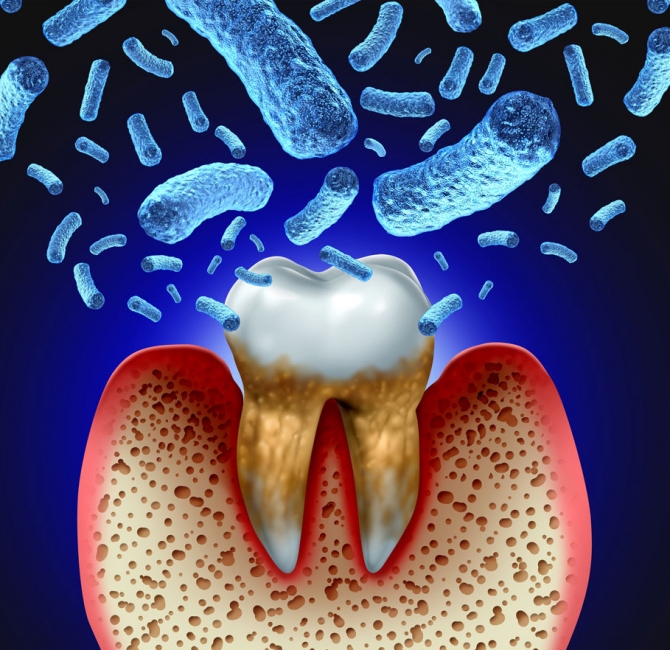Dental implants are a routine treatment modality requiring ongoing maintenance. Several factors can influence the long-term survival of dental implants, including biological and mechanical complications, which can affect their clinical outcomes. Biological complications involve inflammatory conditions, such as peri-implant mucositis and peri-implantitis. Mechanical complications can include implant fracture; veneer material fracture; abutment or screw loosening; and loss of retention.
The literature demonstrates dental implants do fail. Failure can be classified as early or late. Early implant failure occurs due to unsuccessful osseointegration, while late failure occurs after successful osseointegration.
A prime cause of late implant failure is peri-implantitis, which can progress from peri-implant mucositis if not controlled. It is vital to monitor and maintain peri-implant health and to identify and treat any associated disease as soon as possible to ensure long-term dental implant stability. This article provides a checklist to examine dental implants and recognize potential problems.
Dental implant examination includes assessing:
- Client satisfaction, including any symptoms or complaints;
- Signs of inflammation and tenderness;
- Oral self-care;
- Probing depths and bleeding on gentle probing; and
- Occlusion, mobility, and contact points.
Regularly monitoring implant health improves early diagnosis of peri-implant disease and the long-term prognosis of dental implants.
Read the full article here.



